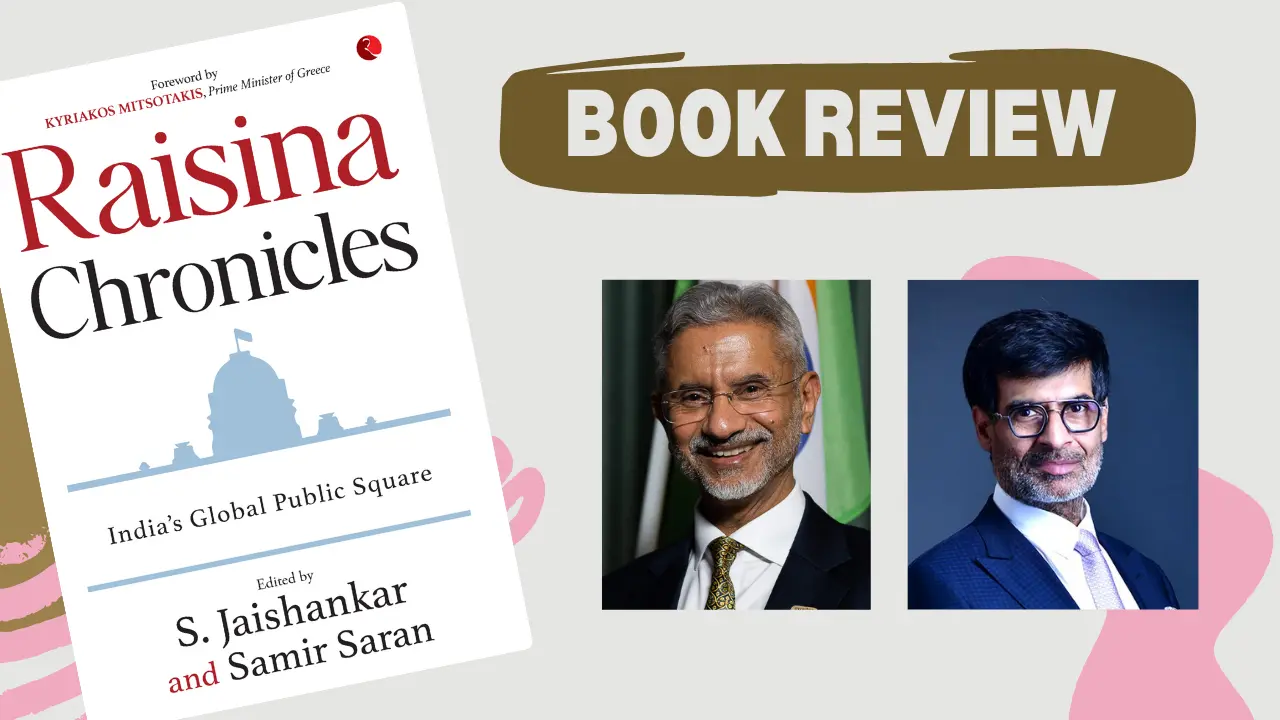[vc_row][vc_column][vc_column_text]If tango dance were a person, one could have called it hardy for it arose from nothing and survived many changes—good and bad. Invariably, its true followers find themselves karmically bound by the same fate
By Shailaja Paramathma
We often attribute greatness to artistes from the past. Frequently, we ignore, undermine, are myopic or plain indifferent to or even hold standards that are too high to allow us to call a contemporary great. But how about not being so snobbish and recognising greatness in its time? What about taking into consideration an artist who had to fight egos and face opposition from within a dance community for trying to defend that dance form itself? What about one who with every salida, colgada, gancho and ocho grew into a culture which was not just wildly different and distanced from his own but was also making him choose a career which was singularly iffy?
Vivek Yadav is that artist, a forty-year-old tango dancer from Village Kashipura in Etawah, Uttar Pradesh, whose family has been into farming for generations. This is the story of him moving away from the societal mores of caste-based professions and a milieu where a ghoonghat-clad woman is still the accepted norm. Vivek Yadav is the first Indian tango teacher in India.
Looking back
In 1988, Vivek’s father moved from Etawah to Ghaziabad in search of a livelihood. Vivek was then eleven years old. As his father wanted him to get a good education, he enrolled Vivek in Summer Fields School in Kailash Colony. At that young age Vivek found himself taking the local train from Ghaziabad to Tilak Bridge in Delhi and a bus thereon every morning to reach his school. Proudly and with a touch of smugness he says: “If a kid that young could travel those distances in a local train at that time, he can achieve anything he wants in life.”
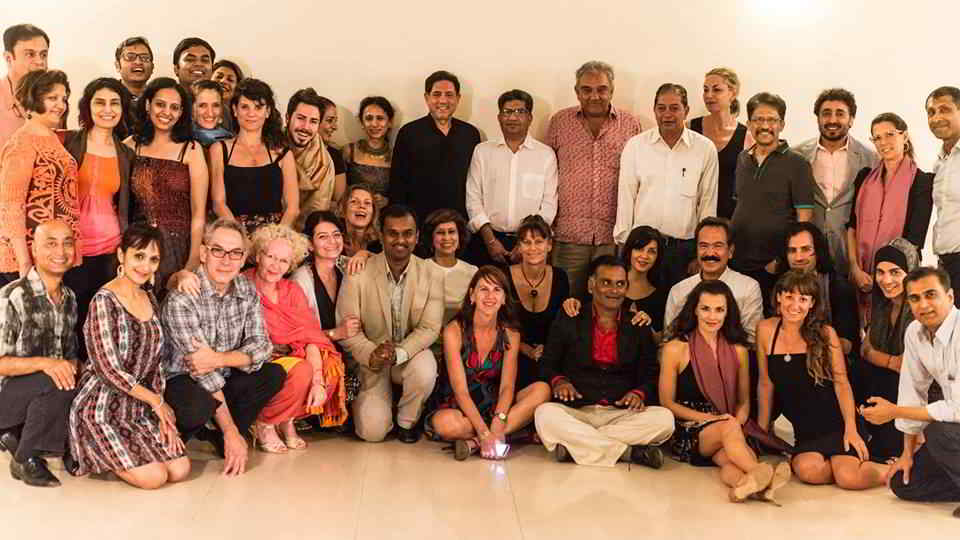
Vivek Yadav with his students
Adulthood came knocking with a job offer in marketing at American Express. He took it up but soon quit. Forever drifting and never really satiated, he then learnt pattern-cutting in garment manufacturing from a master craftsman and soon landed a job as master pattern cutter for shirts at an export house. One day he saw an opening for a science teacher in his old school and applied. It was a job he got easily and kept at for seven long years. But the established norm of teaching ineffectually in school and taking on private tuitions at home was something Vivek never did and could never appreciate. Moreover, the demand of the establishment that a teacher be forever answerable to the parents was something he could not tolerate. One day when a confrontation with a set of parents got out of hand, he decided to quit his job without any clear idea of what he would do next.
Swooping into tango
Always motivated by movement and the body, he visited the Om Book Store in South Extension in Delhi, intent upon finding a book on any of the three subjects—martial arts, dance and fitness. After all, Vivek had earned a black belt in judo at the age of 16 from Delhi Judo Council. Luckily, one of the two books that he found called Lets Dance! by Paul Bottomer had lessons on 11 different dance forms; one of the dance forms was the tango. The other book was on martial arts.
If tango were a person, one could have called it hardy for it arose from nothing and survived many changes—good and bad. Invariably, its true followers find themselves karmically bound by the same fate. As for Vivek, he had jumped off the cliff and without yet knowing, had discovered his wings. Soon afterwards, with just Rs 3,900 on him Vivek decided to go to Mumbai. He found accommodation on sharing for Rs 70 a night at the Duttatrey Boarding and Lodging in Goregaon. But without much to do or spend, Vivek mostly only had his roommates for company.
One afternoon, feeling exasperated with his roommates, who in a fast moving city like Mumbai had all the time in the world to sit and talk about the big moolah that they were supposedly raking in, he went to a cyber café to kill time and ran into a salsa dancer. The two got talking and the dancer invited him to a salsa night at Juhu the same evening. This was the moment of truth in Vivek’s life when its course and the future of tango teaching in India quietly took a turn for the better.
The journey
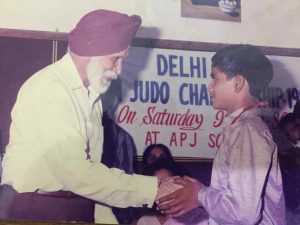
Thirteen-year-old Vivek Yadav receives a medal after winning a judo contest
On the dance floor that evening, the self-teaching lessons from the dance book came in handy. When Vivek started dancing, people on the floor stopped to watch him. A girl at the party, who later went to become the personal stylist of a Bollywood star, asked Vivek if he was a dance instructor, and he unaffectedly said yes. Call it a conjunction of events, serendipity, coincidence, synchronicity or just destiny, but when the girl asked him which dance form he taught, Vivek simply said: “I teach tango!”
From then to now, Vivek has taught tango at the 5th Peru Tango Festival in South America in 2013, and has been the only Indian teacher to teach at the Auroville Holi Tango Festival in Pondicherry for two years in a row. Since 2013, he has organised four Goa International Tango Weekender Festivals and taught alongside Pablo Tegli in one of them (Tegli has performed in the movie Tango Libre together with Chicho Frumboli). His students come from all over the world—Italy, France, Spain, Argentina, Peru, Germany, Japan and Korea, to name a few nations.
Vivek has also choreographed Hrithik Roshan for a Bourbon biscuit advertisement and Anushka Sharma and Virat Kohli for the All Clear shampoo ad. He is recognised the world over for his teaching clarity and innovative approach, and for his magical dance embrace. He says: “The quality of one’s embrace is decided by the length of the smile on the partner’s face.” Watch this video from the Goa Tango Festival in February 2017 to decide for yourself.[/vc_column_text][/vc_column][/vc_row][vc_row][vc_column][vc_video link=”https://www.youtube.com/watch?v=kirR8dYyMkk”][/vc_column][/vc_row][vc_row][vc_column][vc_column_text]It goes without saying that to dance well you need good shoes. And tango teachers the world over make their own shoes, including Vivek.[/vc_column_text][/vc_column][/vc_row][vc_row][vc_column][vc_column_text]Tango in India and the world
In India, even though tango is not as popular as salsa or zumba, it nevertheless has a small and committed fan base. However, it is startling that the number of dancers of this intimate dance form in some Muslim majority countries like Lebanon, Dubai and Malaysia is way above that in India. Istanbul, Turkey, in fact is viewed as the number two destination for tango after Buenos Aires, where thousands dance tango everyday in various festivals and in clubs.
Vivek cites two pertinent reasons for this situation: “As a nation we do not have a sense of touch, we are shy of even holding hands with our partner in public. Secondly, as consumers we demand return for our money fast. We lose interest in anything that needs long-term dedication and investment.” Furthermore, unlike other Latin American dances that one can learn in India, tango and clubbing do not go hand in hand. You cannot even perform an eye-popping number to showcase your talent in a friend’s Bollywood-themed wedding.
However, what tango offers is pleasure—a sensuous gliding to a music with changing rhythms, the warmth of a close embrace, a balance in leading and following, proposing and accepting, initiating and executing and as one gets better—a passionate conversation between two pairs of legs which is exclusive to the two dancers but can captivate a room full of people. Traditionally, tango in India leans towards people in the age group of 35 to 50, which is also the demographic that is financially most well-off. Therefore, rivalry is rampant between the different schools of tango as everyone is vying for the bigger share in terms of popularity and business to teach this not-so-new dance form.
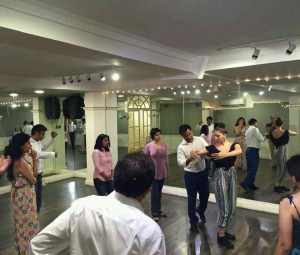
Vivek teaches a class
Tango sprang-up in Buenos Aires in Argentina in the early 1900s amongst the poor and the disadvantaged who lived in apartment blocks and on street corners. The exact origins of the dance form are obscure because no records exist. However, for a dance form this sensuous there are as many juicy anecdotes. One such belief goes that the dance originated in the brothels of Buenos Aires. The story behind says that as there was a marked shortage of women, it was common for men to have to queue up and wait outside brothels for their turn. To entertain them while they waited, the brothel owners brought in musicians. With the passage of time as the spirits of the waiting men were high they began to pair up and dance. The close embrace of tango, with the cheek together and the rest of the body away, was the only acceptable way two heterosexual men could comfortably sway as a couple. As the dance style gained popularity, even with a man-woman couple, the cheek together and the body away from each other’s came to be the unique style of tango dancing.
An unusual story
Just like the fascinating anecdotes on tango there is something legendary and almost anecdotal about Vivek, too. It is incredible yet true that he never went to any class to learn tango. You read it right, never! He taught tango to himself. It is a fact that inspires awe and envy in the Indian tango community unfailingly and with habitual regularity. Vivek says: “I have chosen to put myself right on top of the A-list of dancers. Any time I have come across a dancer, foreign or Indian, who is better than me, I have worked on getting better than him before the next season. For that, I watch his videos closely and improve my own dance. When watching, I do not just focus on his technique but also read his expressions intently to gauge the dancer’s emotions. Most importantly, I have not stopped learning; even my competitors admire that quality in me. But what they hate is that I don’t learn what they think I should,” he adds mischievously.
Vivek’s kind of tango is a conversation between two human beings which is constructed outside of the rules of tango. His style is not limited to leading and following nor does he believe in forcibly learning techniques to attain unnatural body postures. He says: “You dance tango as you are. When you have to work to strike a particular posture, it becomes more of a workout than actual dancing. My tango is constructed around how our body naturally moves and how to keep the other person with us and move together without any compulsion.”
His dance style is about texture, movement, music, and most of all about the centre and the connectedness of the body. The tango walk is the most important element in his dance and the connection between the partners the most arresting thing to watch. If you watch his videos, what will strike you is the beauty in the simplicity of his style. There is a certain profoundness to the dance and his moves are engaging but you realise only later that he does not do anything fancy. Watch how in the absence of a partner Vivek danced with a pair of sticks at the Auroville Holi Tango Festival in 2013.[/vc_column_text][/vc_column][/vc_row][vc_row][vc_column][vc_video link=”https://www.youtube.com/watch?v=kvuug9egcQk”][/vc_column][/vc_row][vc_row][vc_column][vc_column_text]Of Portalea and Yadav
Gerardo Portalea, a tangoer from the golden era of tango who invented the turn, the contrafrente, the change of postures and the boleos, said: “Tango is a refrained emotion which later bursts. It can’t be said tango is danced this way or the other, one dances it as one feels it, it’s a creation.”
Vivek has never heard of Portalea but laughs out when he finds a striking similarity exists between him and the latter. Portalea enigmatically once said: “In tango you have to dance the silence. And the violins. Even if there are none.”

Tango shoes designed by Vivek
The key instrument in tango music is the melancholic sounding bandoneon and while dancing the main challenge is syncopation. Regardless of the ever shifting rhythm, according to Vivek, it is the holistic feeling of the music that should be felt while dancing instead of tracking the eight count beats, the half beat or the ¼ beat. He says: “Music in my kind of tango is not structured in the so-called paragraphs or phrases. I might want to pause on moving music or move on melody and not on the beat. And why hanker after the strong beat and the weak beat, find your musicality,” he entreats.[/vc_column_text][/vc_column][/vc_row][vc_row][vc_column][vc_column_text]Forever evolving
Vivek’s style of tango is influenced by Chicho Frumboli, Pablo Tegli, Fabian Salas, Gaston Troili and Pablo Inza. Apart from Tegli, he has never met the others. Vivek says: “I have only watched their videos and the common factor in all their dances is that they do not choreograph them. I don’t believe in choreographing one’s moves either. Dance needs to be about spontaneity and connection and your own feelings.” However, he cautions: “You have to choose what you are dancing for—for the dance, for enjoyment, for an audience, for being popular, or for a pay check and a trophy.” While dancing “looking good should not be your priority, feeling good should be. If you are feeling good there are better chances of your looking good automatically. Vice versa is not true,” he adds carefully.
Just as a tiller ploughs the land relentlessly and does not request the earth to grow things, Vivek Yadav works hard without giving himself the option of failure. In this dance community which has either learnt the dance directly from him or from a student of his, Vivek noiselessly only demands his place in the tango space in India. Amidst the clamour for self-projection, those with the means manage to buy the limelight for a bit. As for Vivek, he surveys but remains mostly unaffected. His only tool is perfecting his art to a level where even the question of a comparison with someone else does not arise. Being the best consistently is what he is after. Humility is not always the only sign of greatness, possessing a silent strength and being aware of its power is also a language spoken by the great.[/vc_column_text][/vc_column][/vc_row]
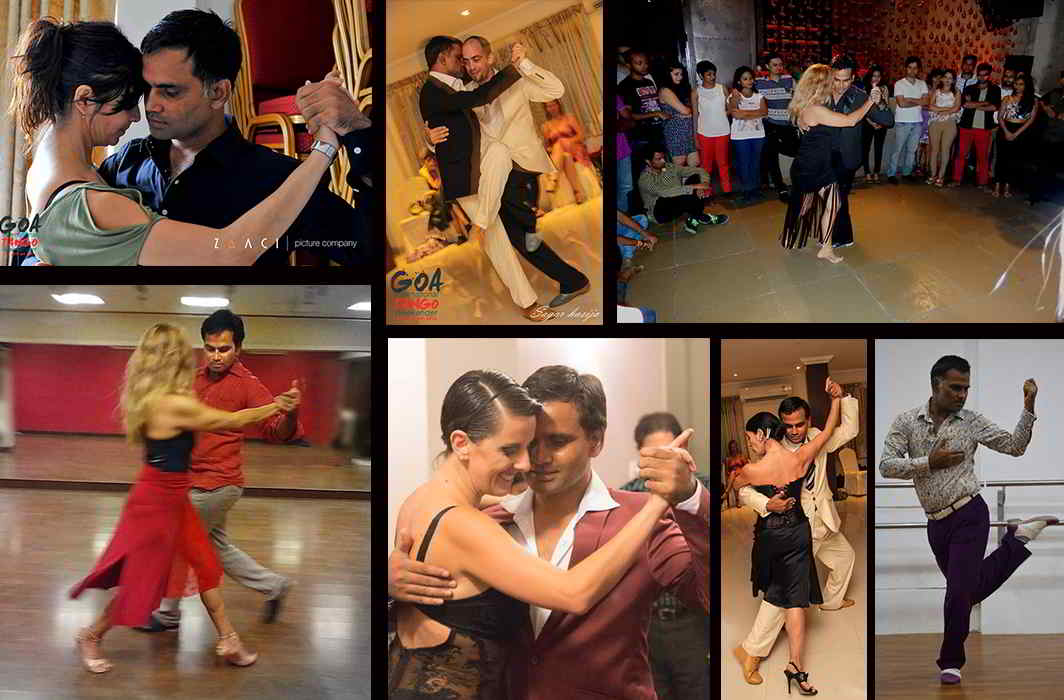
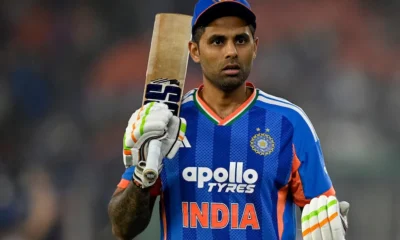
 Cricket news20 hours ago
Cricket news20 hours ago
 Cricket news19 hours ago
Cricket news19 hours ago
 Latest world news22 hours ago
Latest world news22 hours ago
 Entertainment20 hours ago
Entertainment20 hours ago
 India News6 hours ago
India News6 hours ago
 Cricket news5 hours ago
Cricket news5 hours ago
 Entertainment21 hours ago
Entertainment21 hours ago
 India News7 hours ago
India News7 hours ago






